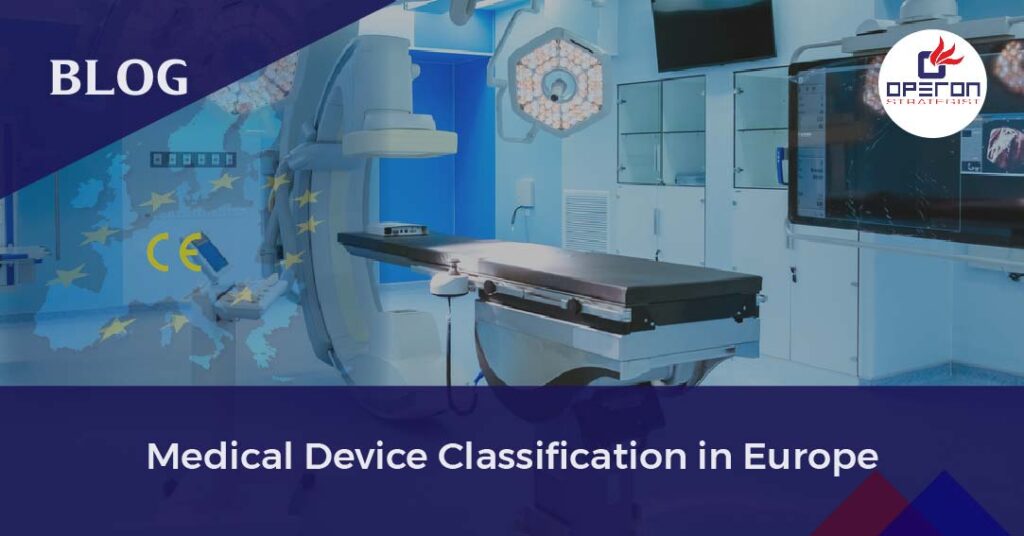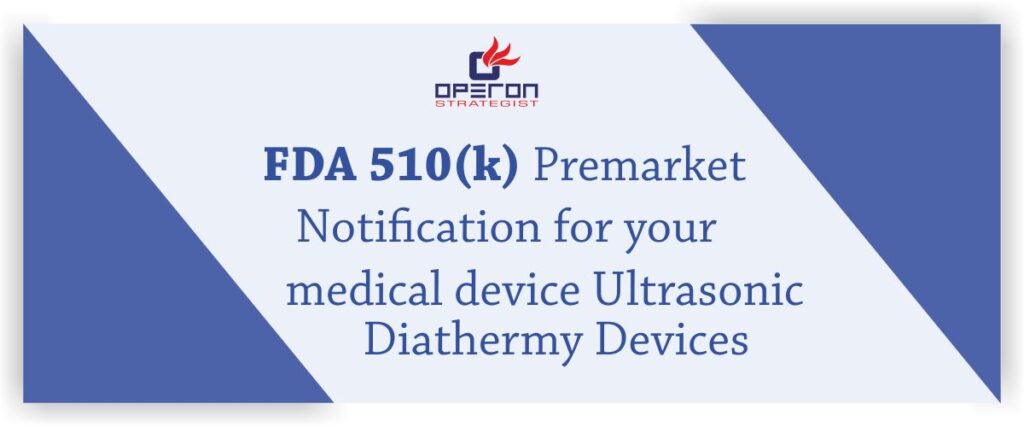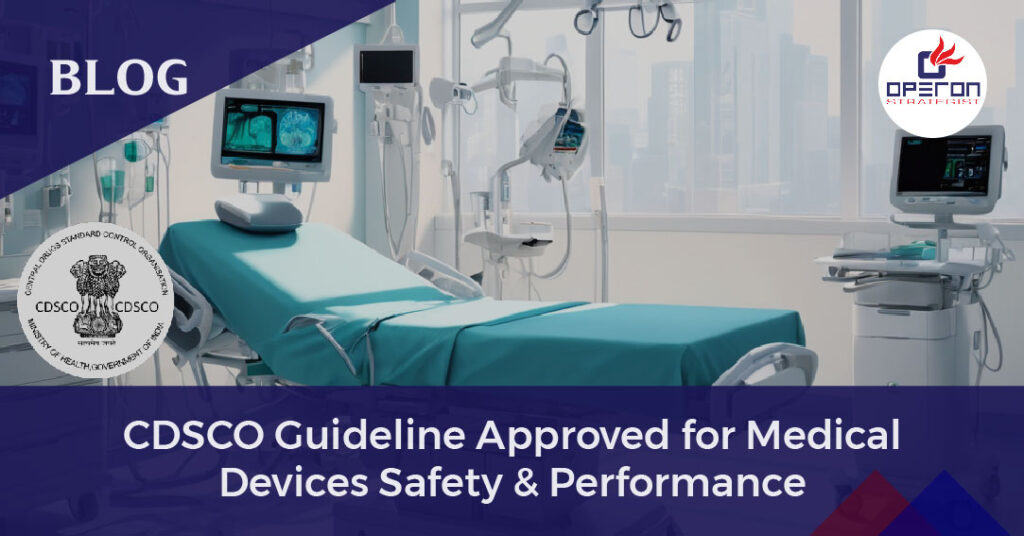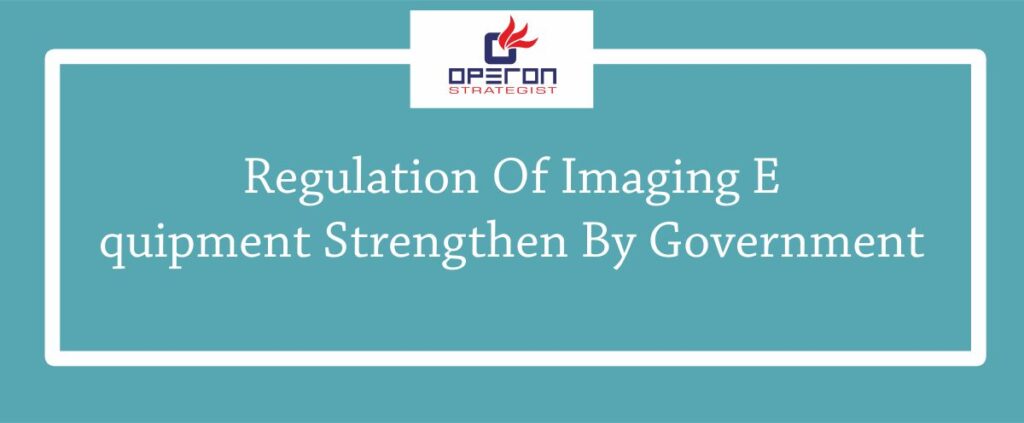Medical Device Classification in Europe: An Overview
Successfully bringing a medical device to the European Union (EU) market begins with classifying it correctly. While the EU’s classification system shares some similarities with the FDA’s, it has distinct differences. Understanding this system, governed by the EU Medical Device Regulation (EU MDR 2017/745), is essential. It involves categorizing devices into one of four classes: Class I, Class IIa, Class IIb, or Class III, each with specific conformity assessment routes. Achieving the CE marking for medical devices is the key to legally marketing your medical device in the EU.
Get Your Medical Device Classified by Experts
Share Your Product Details Below
What Are the Different Risk Classes and CE Marking Routes?
The EU MDR designates four medical device risk classes, each requiring a different conformity assessment route:
Class I:
- Devices with the lowest perceived risk.
- Many Class I devices can be self-certified by the manufacturer.
- Sub-classifications within Class I have slightly higher risk and may involve a notified body.
Sub-classifications:
- Class Is: Sterile presentation required.
- Class Im: Includes measuring features.
- Class Ir: Reusable surgical instruments.
Class IIa:
- Medium-risk devices.
- Requires a declaration of conformity from a notified body.
- Examples: catheters, hearing aids, short-term contact lenses.
Class IIb:
- Medium- to high-risk devices.
- CE route requires the involvement of a notified body.
- Examples: incubators, insulin pens, long-term contact lenses, ventilators.
Class III:
- High-risk devices with stringent requirements, including clinical evaluation.
- Examples: pacemakers, prosthetic heart valves, surgical mesh, breast implants.
The EU Rules-Based Classification System:
The EU employs a rules-based system for classifying medical devices, as outlined in Annex VIII of the MDR. There are 22 rules for classifying devices, categorized as follows:
- Rules 1-4: Non-invasive devices.
- Rules 5-8: Invasive devices.
- Rules 9-13: Active devices.
- Rules 14-22: Special rules for devices outside the first three categories, like nanomaterials.
Additionally, the duration of device use helps determine which rules apply:
- Transient: Continuous use for less than 60 minutes.
- Short Term: Continuous use for 60 minutes to 30 days.
- Long Term: Continuous use for more than 30 days.
Choose the rule(s) most applicable to your device to determine its risk class, using the strictest rule when multiple rules apply.
Secure Your Success in the European Market With Precise Medical Device Classification in Europe
Operon Strategist’s Assistance for Medical Device Classification in Europe
Understanding the EU MDR’s medical device classification is essential for successfully bringing your medical device to the EU market. Whether your device falls into Class I, Class IIa, Class IIb, or Class III, adhering to the MDR’s guidelines and obtaining the CE marking for Medical Devices is crucial. For guidance and support in navigating these complexities, Operon Strategist, a trusted leader in regulatory affairs and compliance, offers a comprehensive solution aligned with the latest industry standards, ensuring full traceability throughout your device’s lifecycle – a requirement under the new MDR.
Operon Strategist brings a wealth of expertise and a dedicated team of experts to your side. They can help you navigate the intricacies of EU MDR and ensure a smooth journey to market.
Don’t let regulatory challenges hold you back. Contact Operon Strategist today to make your EU market entry a success!

- Operon Strategisthttps://operonstrategist.com/author/snehal/
- Operon Strategisthttps://operonstrategist.com/author/snehal/
- Operon Strategisthttps://operonstrategist.com/author/snehal/
- Operon Strategisthttps://operonstrategist.com/author/snehal/




